How the MacBook Pro keyboard service program compares to Apple's others
Apple has acknowledged the need to do something about its butterfly keyboards in the MacBook and MacBook Pro. AppleInsider takes a look at how the latest repair program compares to some others throughout Apple history.
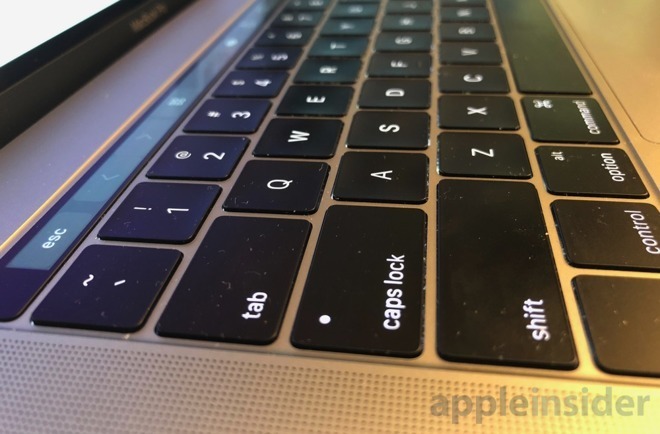
On Friday, Apple announced a new keyboard service program for nine late-model MacBook and MacBook Pro models, released between early 2015 and late 2017. All of the models utilize Apple's butterfly key mechanism that it launched with the MacBook.
Under the terms of the program, owners of those models who have suffered those issues can take their MacBook to Apple itself or an authorized repair shop. The stores will examine the computers and, if necessary, replace individual keys or even the entire keyboard. Also, owners of those MacBooks who have already paid for related repairs may request a refund.
Apple customers have been complaining about the keyboard issue for some time, leading to at least one class action lawsuit. An exclusive AppleInsider investigation earlier in 2018 found that the keyboard of the 2016 MacBook Pro failed around twice as often in its first year of use as did the 2014 and 2015 MacBook Pro models.
This is far from the first time that Apple has launched a repair program related to one of its products. However, the circumstances and rules of the programs have differed from instance to instance.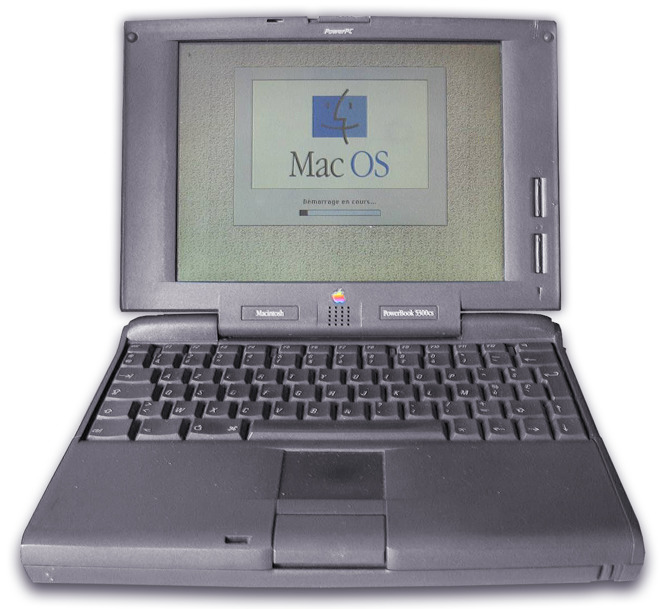
In 1995, at a particular low time for the company during the regime of CEO Gil Amelio, Apple announced that it was recalling the Powerbook 5300 laptop. Some of the early builds of the machine were catching on fire while charging, due to overheating of lithium ion batteries.
At the time of the fires, which never injured any customers, only about a hundred of the Powerbook 5300s had been sold. So, the recall, which came the month after the product's release, was small.
But the debacle did a lot to hurt the reputation of the 5300, which is remembered as one of Apple's least-regarded products and a symbol of one of the company's worst periods. And, this was at the same time Apple was pushing the line hard with commercials and product placement in "Independence Day."
"For months, Apple Computer Inc. had been contending that once consumers looked at Microsoft's new Windows 95 software, the comparison would help Apple's own business catch fire," the New York Times wrote at the time. "Now, in a sense, its prophecy has come true, and the company is less than delighted. Some of Apple's newest portable machines have burst into flames, and the company is recalling them."
In late 2013, users of MacBook Pro models released in early 2011 began reporting what looked like GPU-related system failures, leading screens to flicker. Apple at first refused to implement a repair program, although Apple eventually agreed in early 2015 to repair the affected products, free of charge.
That program was launched four years after the initial product release, and more than a year after the problems were first reported.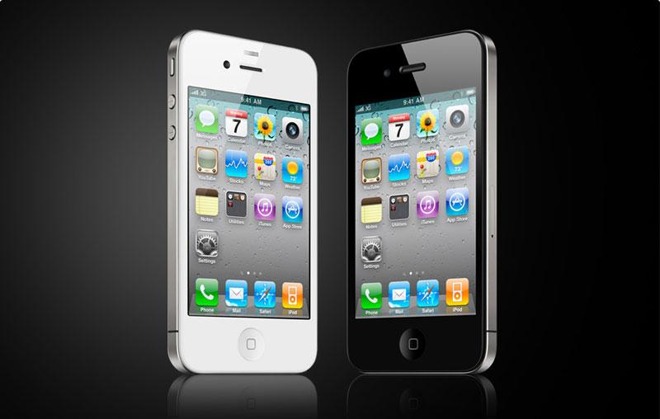
After the iPhone 4 was released in June 2010, some customers reported that when they touched the spot in the lower lefthand corner where the device's two antennas met, it adversely affected the phone's signal strength.
About a month after the release of the iPhone 4, Steve Jobs called a press conference to announce that Apple would provide free bumper cases to every iPhone 4 owner, while reimbursing those who had already bought the cases. This had followed both threats of lawsuits, an attempted software fix, and multiple previous statements from the company.
This isn't precisely a repair program, but it is an instance where Apple responded to complaints about the iPhone -- even if they weren't unique to the company.
An Antennagate-related lawsuit was settled by Apple in early 2012.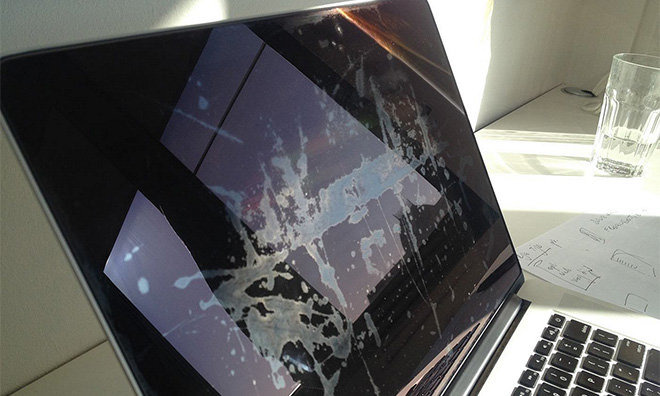
In the summer of 2015, a small group of Retina Display MacBook Pro owners began reporting streaks, splotches and other blemishes on their MacBooks.
In October of that year, about two years after the 2013 MacBook Pros were released, Apple launched a "quality program" to deal with the issue. The program that was not officially announced replaced the units free of charge, either for one year from Oct. 16, 2015, or three years after original purchase, whichever was longer.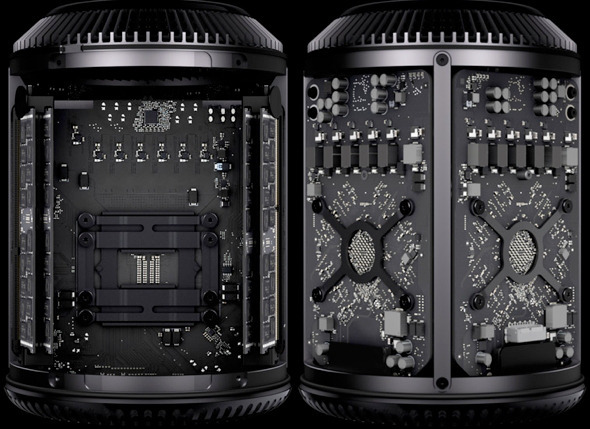
Another Apple repair program dealt with the 2013 Mac Pro. In 2016, Apple launched a repair program dealing with faulty video cards, included in the Mac Pro devices that debuted three years earlier. The affected units had been manufactured in early 2015.
The issue was the AMD FirePro D500 or D700 cards used in the Mac Pro. The program expired earlier in 2018.
In July 2011, Apple announced that was recalling a small number of Seagate 1TB hard drivesfor use in 21.5-inch and 27-inch iMacs sold between May 2011 and that month.
The program was scheduled to run through July 2012, although in October of 2012 it was first extended, and later expanded, to include models sold as far back as October of 2009.
But, throughout these controversies, both listed here and not, something of a pattern has emerged. Apple does pay attention to wider service trends, although they nearly always take their time in deciding exactly what to do. And, they may not be transparent about the specific reasons why, or amount of people affected by the problem.
It's also clear that the loudness and prominence of the campaigns have not necessarily corresponded to their validity. Among those listed above, the widest story affecting the most people was almost certainly Antennagate, in which Apple was arguably least at fault.
As Apple now boasts its largest install base ever, it's more important than ever for them to get their products right and avoid costly and embarrassing mistakes. However, that the company's base has grown so much is an indication that none of the previous controversies have hurt Apple in any appreciable way.

On Friday, Apple announced a new keyboard service program for nine late-model MacBook and MacBook Pro models, released between early 2015 and late 2017. All of the models utilize Apple's butterfly key mechanism that it launched with the MacBook.
Under the terms of the program, owners of those models who have suffered those issues can take their MacBook to Apple itself or an authorized repair shop. The stores will examine the computers and, if necessary, replace individual keys or even the entire keyboard. Also, owners of those MacBooks who have already paid for related repairs may request a refund.
Apple customers have been complaining about the keyboard issue for some time, leading to at least one class action lawsuit. An exclusive AppleInsider investigation earlier in 2018 found that the keyboard of the 2016 MacBook Pro failed around twice as often in its first year of use as did the 2014 and 2015 MacBook Pro models.
This is far from the first time that Apple has launched a repair program related to one of its products. However, the circumstances and rules of the programs have differed from instance to instance.
The PowerBook 5300 (1995)

In 1995, at a particular low time for the company during the regime of CEO Gil Amelio, Apple announced that it was recalling the Powerbook 5300 laptop. Some of the early builds of the machine were catching on fire while charging, due to overheating of lithium ion batteries.
At the time of the fires, which never injured any customers, only about a hundred of the Powerbook 5300s had been sold. So, the recall, which came the month after the product's release, was small.
But the debacle did a lot to hurt the reputation of the 5300, which is remembered as one of Apple's least-regarded products and a symbol of one of the company's worst periods. And, this was at the same time Apple was pushing the line hard with commercials and product placement in "Independence Day."
"For months, Apple Computer Inc. had been contending that once consumers looked at Microsoft's new Windows 95 software, the comparison would help Apple's own business catch fire," the New York Times wrote at the time. "Now, in a sense, its prophecy has come true, and the company is less than delighted. Some of Apple's newest portable machines have burst into flames, and the company is recalling them."
MacBook Pro GPU (2010-2014)

In late 2013, users of MacBook Pro models released in early 2011 began reporting what looked like GPU-related system failures, leading screens to flicker. Apple at first refused to implement a repair program, although Apple eventually agreed in early 2015 to repair the affected products, free of charge.
That program was launched four years after the initial product release, and more than a year after the problems were first reported.
iPhone 4 "Antennagate" (2010)

After the iPhone 4 was released in June 2010, some customers reported that when they touched the spot in the lower lefthand corner where the device's two antennas met, it adversely affected the phone's signal strength.
About a month after the release of the iPhone 4, Steve Jobs called a press conference to announce that Apple would provide free bumper cases to every iPhone 4 owner, while reimbursing those who had already bought the cases. This had followed both threats of lawsuits, an attempted software fix, and multiple previous statements from the company.
This isn't precisely a repair program, but it is an instance where Apple responded to complaints about the iPhone -- even if they weren't unique to the company.
An Antennagate-related lawsuit was settled by Apple in early 2012.
"Staingate" (2015)

In the summer of 2015, a small group of Retina Display MacBook Pro owners began reporting streaks, splotches and other blemishes on their MacBooks.
In October of that year, about two years after the 2013 MacBook Pros were released, Apple launched a "quality program" to deal with the issue. The program that was not officially announced replaced the units free of charge, either for one year from Oct. 16, 2015, or three years after original purchase, whichever was longer.
Mac Pro GPU failure (2016)

Another Apple repair program dealt with the 2013 Mac Pro. In 2016, Apple launched a repair program dealing with faulty video cards, included in the Mac Pro devices that debuted three years earlier. The affected units had been manufactured in early 2015.
The issue was the AMD FirePro D500 or D700 cards used in the Mac Pro. The program expired earlier in 2018.
iMac 1TB Seagate Hard Drive Replacement Program (2011-'12)

In July 2011, Apple announced that was recalling a small number of Seagate 1TB hard drivesfor use in 21.5-inch and 27-inch iMacs sold between May 2011 and that month.
The program was scheduled to run through July 2012, although in October of 2012 it was first extended, and later expanded, to include models sold as far back as October of 2009.
Repairing lessons
This isn't an exhaustive list. The Apple devout surely remember others.But, throughout these controversies, both listed here and not, something of a pattern has emerged. Apple does pay attention to wider service trends, although they nearly always take their time in deciding exactly what to do. And, they may not be transparent about the specific reasons why, or amount of people affected by the problem.
It's also clear that the loudness and prominence of the campaigns have not necessarily corresponded to their validity. Among those listed above, the widest story affecting the most people was almost certainly Antennagate, in which Apple was arguably least at fault.
As Apple now boasts its largest install base ever, it's more important than ever for them to get their products right and avoid costly and embarrassing mistakes. However, that the company's base has grown so much is an indication that none of the previous controversies have hurt Apple in any appreciable way.


Comments
Is is it just me?
I'm not noticing that.
Considering what little real information has been given so far, I'd say that everything points to a design issue.
As I said in another thread, if a legal case gets any traction it could lead to Apple having to reveal what measures were taken to handle certain problems (such as particle accumulation), how common keyboard problems actually are, what guidelines it gives techs to evaluate if a repair caused by particle accumulation (if that is a factor at all) gets the go ahead, the number of butterfly keyboards out there etc. I wonder if the four year coverage will be considered suitable if the problem really is with the design and if it should be a lifetime warranty, recall and switch for a better design or some other solution.
Assuming that most consumer laws hinge on 'fit for use' criteria, I wonder how this issue (depending on what it really is) would be considered in that light.
Is it really something that could literally affect anyone with this keyboard at any time and without warning?
Perhaps further details will come out soon.
Indeed. The Macintosh Plus 240v edition had a capacitor on its power supply board that would pop, but generally the Macs of the 80's and 90's were pretty reliable. But from 2000 the issues became rather rampant. There was the Blue G4 tower, where the power button would just glow and not switch on (a daughter board on the logic board I think, but can't quite remember), then all those G5 iMacs and G4 eMacs with the dodgy expanding capacitors. Let's not forget the iBooks with the failing video processors (and encircling the chip with a plastic support didn't help much), still you were probably sick enough of the old-sweat smell coming from those machines, that you wouldn't want it fixed. Slightly better luck to buy the Titanium Powerbook, with its fall-apart titanium casing and cracking hinge. At least it's replacement only had issues with the lower RAM port failing. The iBook's replacement, the MacBook initially had a dodgy heatsink, where it would switch off because it though it was overheating, that normally happened well before the top case and display bezel plastics started cracking. Never buy a computer that includes a fabric strip to soak up the leaks from the liquid-cooled processor (I'm looking at you G5 PowerMac), The articles mentions the MacBook Pro video issues, but doesn't mention the iMacs and PowerMacs failing video cards (yet more repair programs). The 2012 13" MacBook Pro is one the best and most reliable Apple laptops ever(i7, Thunderbolt, FW800 and USB3), but even that suffers with a random no power or charging issue, where you have to remove the bottom case and unplug the battery to make it work again. The main issue with that machine is the tendency for the hard drive cable to fail. Seems that running a flat cable against the bottom case, where it can get damaged by debris entering the computer is a bad idea. You'd think they would have learnt their lesson, but the 2015 13" MacBook Pro loses use of its trackpad and keyboard, because its runs a flat cable from the trackpad to the logic board in the same way. Anyone out their own a 27" iMac that just powers off without warning, or whose hinge fails and it flops forward?
Thank goodness I've don't repair them anymore. Still love Apple though :-) xx
Could you ask your Apple Store contacts if they've ever successfully replaced individual keys on a butterfly keyboard?
No one ever claimed things were once perfect or there were no problems.
It’s a good thing there are Apple Stores...
I’m looking forward to getting a free battery replacement for my 6s at the end of the year.
There is no need for an app on the iPad. The website is likely a better experience...
I returned a blood pressure monitor a few years back, and the HipsterAppleBod said, “Yeah, we’re seeing a lot of these coming back.”
Sure enough, a week later, they’d stopped selling it.
I had PCWorld refuse to take back a set of headphones that had failed after a few days. Result: I’ve not set foot in a PCWorld since.
The worst part (at least until Apple gives some more information on the cause of failure) is that every butterfly keyboard seems to be a candidate for failure.
It might not be particle accumulation at all. I've seen many reports of problems, but strangely, there is a relatively high incidence of the same keys being affected. The space-bar obviously gets hit a lot but the 'B' key also seems to get mentioned a lot.